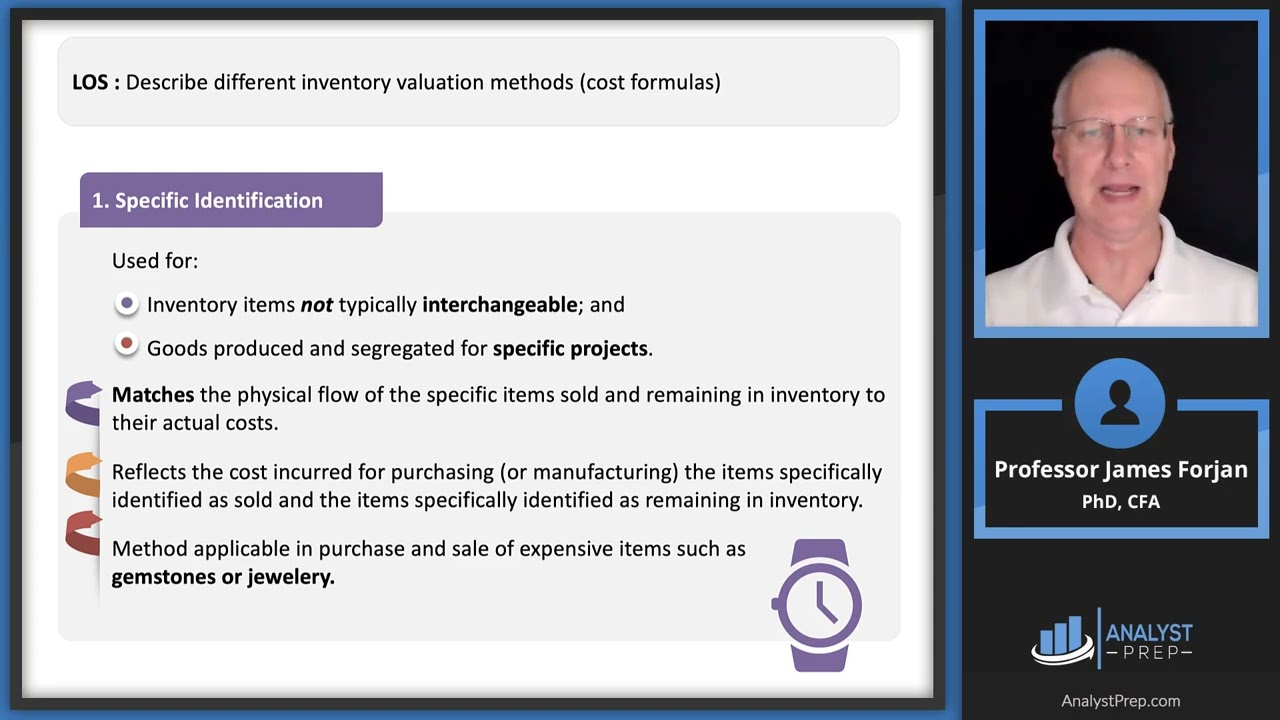
If you reach this threshold, VAT registration has to take place within 30 days of the end of the month in which it was exceeded. Retain receipts, contracts, invoices, and other digitally supported evidence. These validate the authenticity of entries made if tax agencies raise questions later. This refers to sole trader’s contributions towards social security and Medicare.

How to Grow Your Business Organically
- If taking cash payments out and about, log in to a mobile app if offered by your accounting software provider.
- Leverage bookkeeping data to generate financial statements, tax documents, cash flow projections, KPI evaluations, and more to gain visibility for decision-making.
- Sole trader businesses are required to maintain good bookkeeping records.
- This includes forecasting cash flow and future tax liabilities and utilising financial reports for business growth.
- Bookkeeping is the process of keeping track of the money your business makes and spends.
You’ve got to handle business expenses, understand your tax responsibilities, and ensure you follow the HMRC’s digital submission rules. At Business Accounting Basics, we have a range of bookkeeping templates, including a cash book to record income and expenses. Sole Trader Accounting refers to managing and reporting the financial transactions of a sole trader — essentially an individual who runs their own business. Okke offers all the features you need without limits on invoices, customers, or your earnings. Spend less time and money on bookkeeping, and focus on what you do best – growing your business.
Sole Trader Accounting

Any costs spent on advertising and marketing your business, such as website design and hosting fees or print materials like flyers and brochures. It’s also important to remember that all business costs must be reasonable and necessary to run your business. HMRC will look at any excessive expenditure as a possible indication of tax avoidance. You can freely cancel your subscription at any time – however cancelling will mean you will lose access to your data at the end of the billing period. For more information about terminating your subscription, please see the Terms and Conditions.
Tracking Business Income
- But, for a lot of self-employed business owners, paying for expensive, tacked-on, ‘small business’ accounting software doesn’t make any sense.
- With the cheapest plan, you can invoice only five clients a month.
- When registering with HMRC as a sole trader, you must provide your business name, national insurance number and contact details, and the nature of your business.
- Accounting is crucial in effectively managing the financial aspects of a sole trader’s business.
- Bookkeeping has always had a reputation for being a difficult task that is tough to deal with.
- You need to keep your records for a minimum of 5 years after the tax return because you may need to show them to HMRC, auditors, banks or lenders.
- An accountant is more focused on finding tax-savings and obtaining revenue via tax-reliefs/rebates.
Its automated sales tax calculations streamline end-of-year tax reports, and its 24/7 live customer support means you won’t be left hanging if you’re hit with a tech problem mid-invoice. While choosing a sole trader accounting software, it’s tempting to go with the cheapest. However, the lowest cost tool may not be the best accounting software.
Contractor Tax
This is typically 9% of your profits between £6,475 bookkeeping for sole traders and £50,000 and 2% of the amount above £50,000. You also will have to pay Class 4 NICs, which is also 9%, but of your profits between £9,501 and £50,000, and then the usual 2% above £50,000. Maintain discipline to log all documentation during bank feeds import or file upload. Which in turn will enable you to communicate effectively and professionally with others, and bolster your self-assurance as a business proprietor. This is not a complete list, and as a small business owner, you must decide if the costs are necessary and reasonable.

Bookkeeping for a better business
Unlimited liability – Unlike incorporated entities, the sole trader’s liability is unlimited. Complete control – A sole trader has complete control over all business decisions and operations as the sole owner. As you can see, self-employed bookkeeping is a critical part of your finance management. It’s something that freelancers, contractors and small business owners need to understand. Expense Tracking – Review and categorise business expenses, keeping receipts organised. Issue Invoices Promptly – For services rendered, issue invoices immediately.

- They make a more comprehensive assessment of all your business finances and suggest strategies for optimisation and business development.
- Make the billing process as simple as possible for both you and your clients.
- This involves keeping accurate records of your income and expenses throughout the year, and ensuring that you have all the necessary documentation to complete your tax return.
- HMRC will look at any excessive expenditure as a possible indication of tax avoidance.
- To keep track of expenses and maintain detailed records of all business-related transactions.
- Recognise any invoices to customers that have been raised but not yet paid.
Creating and maintaining accurate sole trader bookkeeping saves time, prevents penalties and enables better-informed business decisions. Get started using best-in-class accounting software for sole traders with a free 30-day trial. FreshBooks lets you test out its easy-to-use features for a full 30 days before committing — no strings attached and no fine print.
Home Office Expense

Digital bookkeeping and tax paying will save time and prevent mistakes. Bear in mind that MTD for ITSA will only affect sole traders who make more than £50,000 per year. Whether you want to know more about setting up as a sole trader, your tax obligations or the accounting software that’s right for you—you’ll find answers here. You can also identify any errors quickly and take steps to correct them. When completing your tax return, you will need to provide details of your income, expenses, and any tax deductions that you are entitled to. You will also need to calculate your tax liabilities and ensure that you pay any tax QuickBooks that you owe on time.

